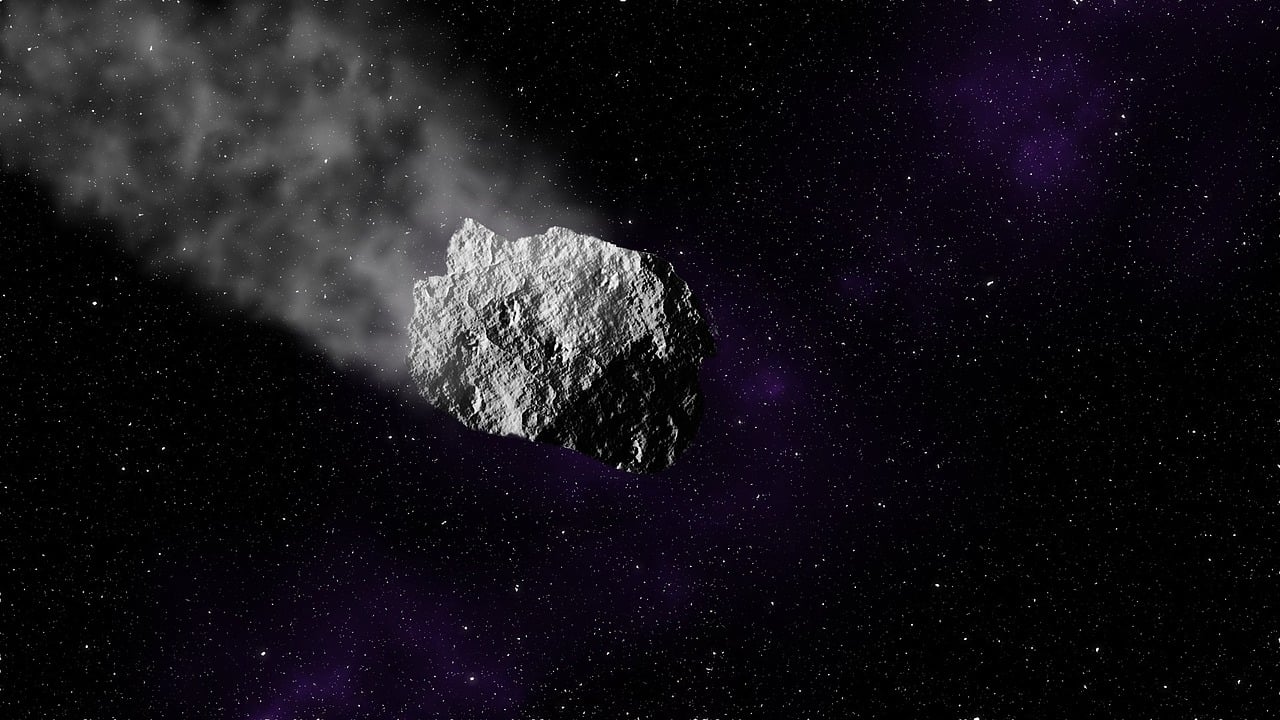
Vocabulary:
I will read the words, meanings, and sample sentences. Then, repeat after me.
- stir up /stur-uhp /
- insight /IN-sahyt/
- aid /eyd /
- subsequent /SUHB-si-kwuhnt/
- rule out /rool-out /
[verb] – to cause a substance such as soil or dust to move and rise up
The strong winds during the desert storm began to stir up clouds of fine sand, reducing visibility for the travelers.
[noun] – (the ability to have) a clear, deep, and sometimes sudden understanding of a complicated problem or situation
The psychologist provided valuable insights into the patient’s behavior.
[verb] – to help
Many organizations provide aid to those in need during natural disasters.
[adjective] – happening after something else
The subsequent meeting discussed the outcomes of the previous discussion.
[verb] – to prevent something from happening
They decided to rule out the possibility of travel due to the current health situation.
Article reading:
Please read the whole article. Then, I will check your pronunciation and intonation.
NASA’s OSIRIS-REx mission, now OSIRIS-APEX, is gearing up to study Apophis, a space rock named after the Egyptian god of chaos and darkness, as it comes within 20,000 miles of Earth in approximately 5 ½ years. OSIRIS-APEX, short for Origins, Spectral Interpretation, Resource Identification, and Security-APophis Explorer, will closely orbit Apophis for 18 months after its April 13, 2029, close approach, using Earth’s gravity to do so. This mission is vital for scientific exploration and Earth’s defense against potential asteroid threats. It follows OSIRIS-REx’s successful delivery of NASA’s first asteroid sample, although it won’t collect samples from Apophis; instead, it will use gas thrusters to stir up dust and rocks for study. Understanding Apophis, an S-type asteroid, compared to C-type Bennu, offers insights into stony asteroid composition and potential impacts on Earth, while aiding in planetary defense strategies.
“Apophis is one of the most infamous asteroids,” says Dani DellaGiustina, principal investigator of OSIRIS-APEX. Despite initial concerns about an impact in 2029, subsequent observations ruled out this risk. However, Apophis will make the closest approach of an asteroid of its size in recent history, passing within one-tenth the distance between Earth and the moon. This presents a unique opportunity for scientific observation, and people in Europe and Africa will be able to see it with the naked eye during the 2029 encounter. Continuous monitoring of Apophis will provide crucial data on its orbit, surface, and rotation rate, ensuring Earth’s safety from potential future impacts.
“Apophis is one of the most infamous asteroids,” says Dani DellaGiustina, principal investigator of OSIRIS-APEX. Despite initial concerns about an impact in 2029, subsequent observations ruled out this risk. However, Apophis will make the closest approach of an asteroid of its size in recent history, passing within one-tenth the distance between Earth and the moon. This presents a unique opportunity for scientific observation, and people in Europe and Africa will be able to see it with the naked eye during the 2029 encounter. Continuous monitoring of Apophis will provide crucial data on its orbit, surface, and rotation rate, ensuring Earth’s safety from potential future impacts.
Discussion Questions:
I will read each question. Then, please answer them.
- Have you ever gazed up at the night sky, contemplating the mysteries of space and celestial objects like asteroids such as Apophis? If yes, please share what fascinates you about space exploration. If not, can you imagine how learning about the study of asteroids and their potential impact on Earth might pique your interest in space and planetary defense?
- Have you ever encountered news or information about potential asteroid threats to our planet? If yes, how did it make you feel, and did it spark your curiosity about efforts to protect Earth from such threats? If not, can you imagine how awareness of these potential risks might influence your perspective on space and planetary defense?
- Do you believe that studying asteroids like Apophis is important for Earth’s safety and scientific exploration?
- How might the knowledge gained from studying Apophis and similar celestial objects inform our future strategies for safeguarding Earth from potential asteroid impacts?
- In what ways do you think advancements in space exploration, like the OSIRIS-APEX mission, can contribute to our broader understanding of the universe and the potential benefits for humanity beyond planetary defense?
Summarization
Please summarize the whole article using your own words and expressions. You will have one minute to prepare before you answer.
Describe:
Please explain the definition of each word listed below based on your understanding. You can provide example sentences if needed.
- investigator
- mission
- observation
- resource
- surface